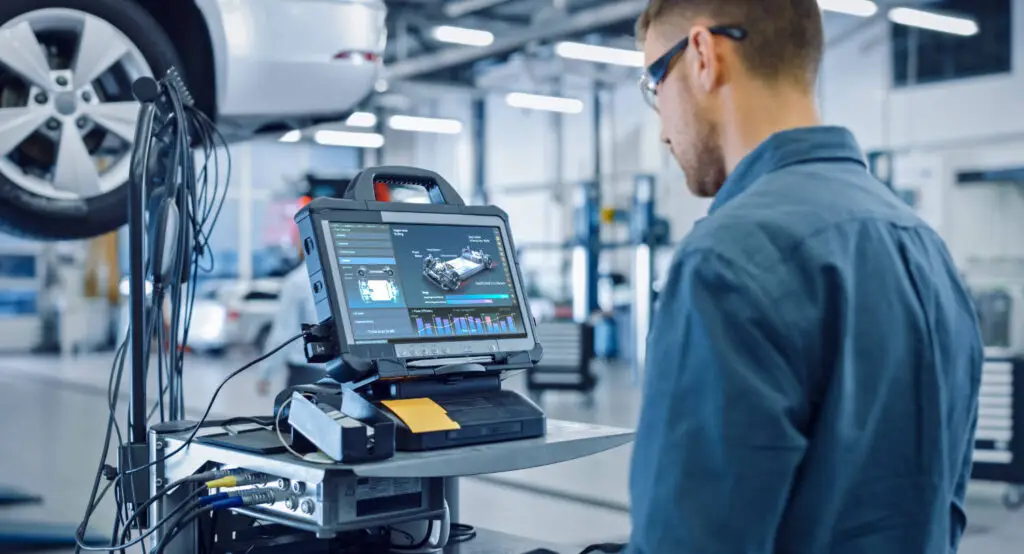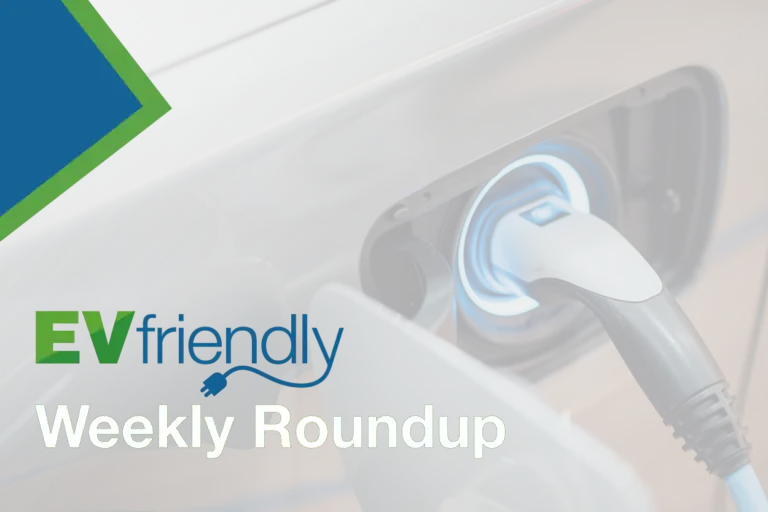EV Maintenance: Myths vs. Reality
Some people think that owning a zero-emission vehicle means having zero maintenance to perform. True, there are fewer mechanical parts compared to a conventional vehicle – they don’t have an engine or transmission and they don’t have a fuel tank. On pure electric vehicles that run solely on battery power, there is no exhaust system, but they do have a cooling system and many of the same safety components as a conventional vehicle. So, even though you don’t need to take your car into the shop for things like oil changes, there are other things that you will need to attend to.
Just like with a conventional vehicle, a lack of regular maintenance on your EV could lead to more costly repairs down the road. Here are the top 5 things you should have maintained regularly on your EV.
Battery Care
The number one maintenance consideration is the one that puts the “E” beside the “V” in “EV”– the battery. The health of the battery lies at the heart of your car’s range and performance, as well its residual resale value. You need to take care of your battery just as one would take care of an engine in a conventional vehicle.
Avoid leaving your EV parked in extreme hot or cold temperatures. You also do not want to leave your EV parked for long periods if you’re not planning to drive it, as the battery can discharge. And keep in mind that your EV may also be equipped a 12-volt battery, just like the ones in conventional vehicles. The 12-volt battery stores the power for the 12-volt system that runs components like the lights, entertainment system, and the heating/cooling system. The 12-volt battery can be a source of problems if not properly cared for. For continued reliability, it is recommended it is inspected regularly.
Brake Service
The second biggest maintenance concern of consumers when buying an EV is, “How long can I go before I have to replace the brakes?” The answer is: likely a lot longer than you’re used to if you’ve never owned an EV or HEV.
An EV has brake pads and rotors, the friction parts of the braking system. Brakes on an electric vehicle last longer due to the regenerative braking system. Most of the braking is done by the drag of regeneration when you lift your foot off the accelerator.
Regenerative braking uses electromagnetic resistance and puts power back into the battery. However, this will vary depending on the make and model of EV you’re driving. It will depend on factors such as how many kilometres on average you drive, your driving style or habits, the type of terrain you drive on, and the regenerative settings you select.
Repairs could cost you more in the long run if these components are not regularly inspected.
Cooling System Service
That’s right…EVs have a cooling system. Even though there is no engine in an EV, the HV battery generates a lot of heat and must be kept cool. Overheating can lead to the potential for a fire. Maintenance intervals vary by manufacturer, but a few examples are: the Tesla Model 3, every 50,000 miles (80,000 km); the Nissan Leaf, every 125,000 miles (201,000 km); and a Chevy Bolt, every 150,000 miles (241,000 km).
Brake Fluid Flush
Just as in a conventional vehicle, hydraulic pressure applied to the brake fluid is how the pistons in brake calipers move, causing the brake pads to contact the rotors. Brake fluid absorbs moisture over time, contaminating the fluid, which can cause malfunctions like seized calipers. In a nutshell, failure to flush the brake fluid can cause the braking system to not function properly. So, you should regularly service your brake fluid 30,000 kilometres.
Tire Rotation
Tire rotation is important for all cars, but more so on an EV because the heavy batteries put added load onto the tires. As well, EVs have considerably more torque, which can place added stress on the tires as you drive and maneuver the vehicle. So, to get the maximum life out of your tires, rotate them during your regular check-up. Aggressive driving can lead to premature tire wear and may require more frequent tire service.
Other Maintenance Items
Other components, such as the cabin air filter, need regular replacement (25,000kms, or during regular inspections). The cabin air filter on most cars have charcoal or baking soda to absorb odors and even sitting in an open room they will absorb all they can until saturated and unable to absorb any more.
You should also have the steering and suspension systems routinely checked. Keep in mind that the high torque of an EV can cause these things to wear out quickly.
There are many reasons why EVs may be easier to live with, but it doesn’t mean they are maintenance free. Perform the prescribed regular maintenance on your EV and you will get a lot more life out of it.






